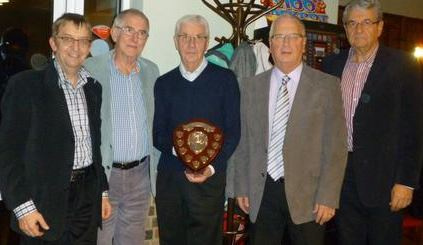My Blog
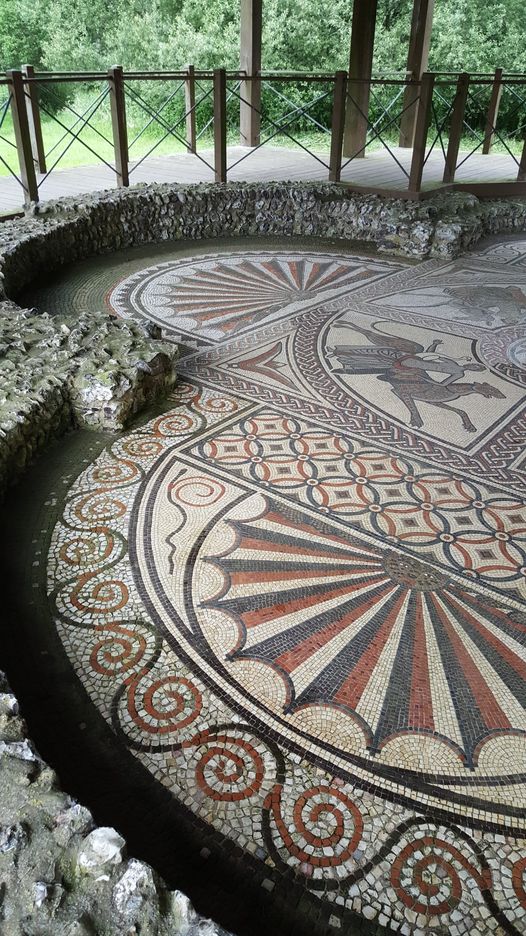
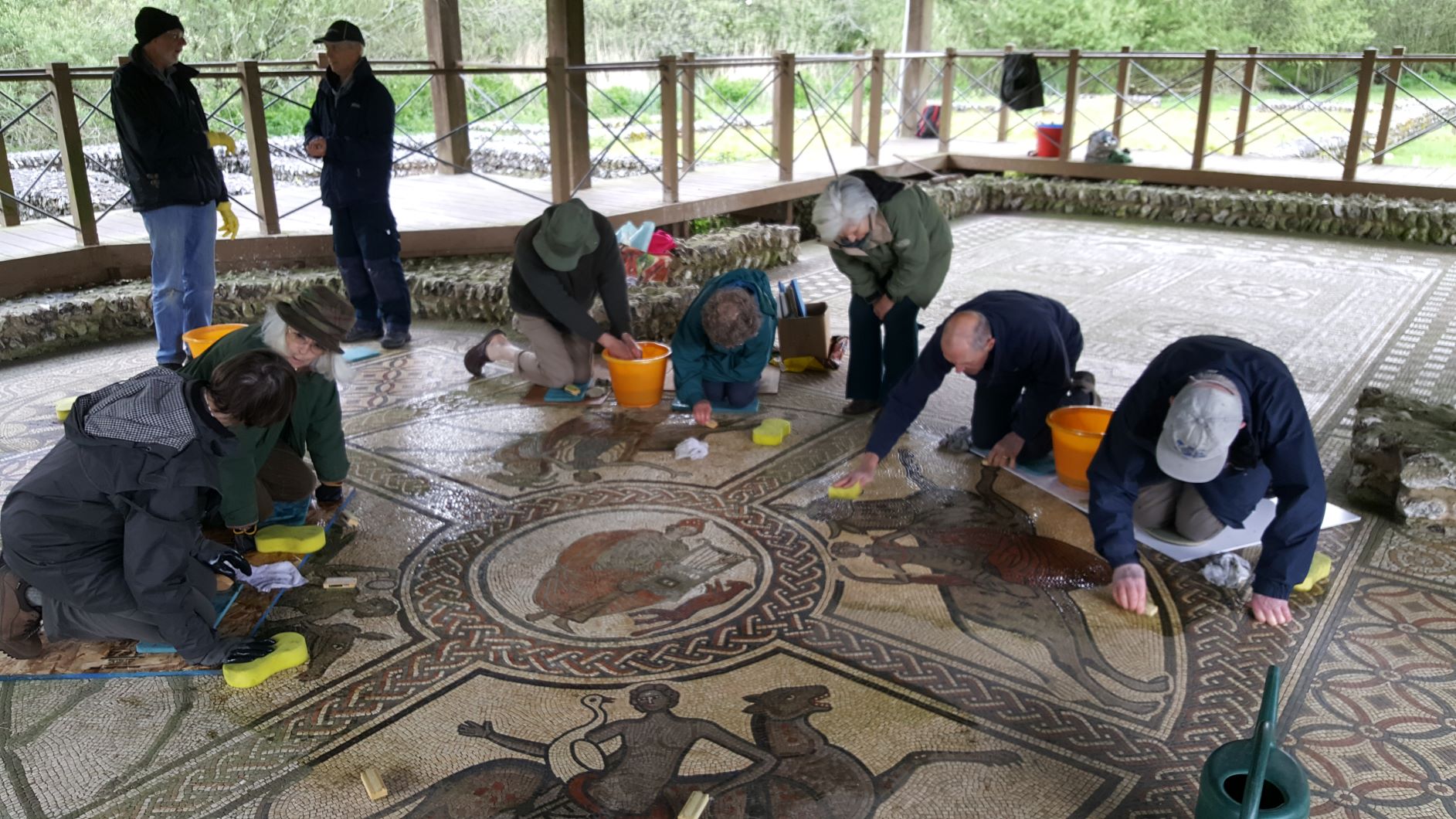
Monday May 24, 2021
At Last - the Mosaic
When the Friends of Littlecote Roman Villa started work in 2019, some of the walls were overgrown and barely visible, not having been cleaned since the early 1990s when excavations ceased. That has all changed thanks to a lot of effort and determination, but the icing on the cake was always going to be tackling the jewel in the crown – the famous Orpheus mosaic. We finally got on to the precious mosaic this week and careful cleaning began. Roughly half of the pavement is original, from AD 360, so the tesserae are extremely fragile and great care is needed. The restored areas are more robust and need less attention to detail. Replacing missing tesserae and re-grouting will follow later. It will look wonderful again!
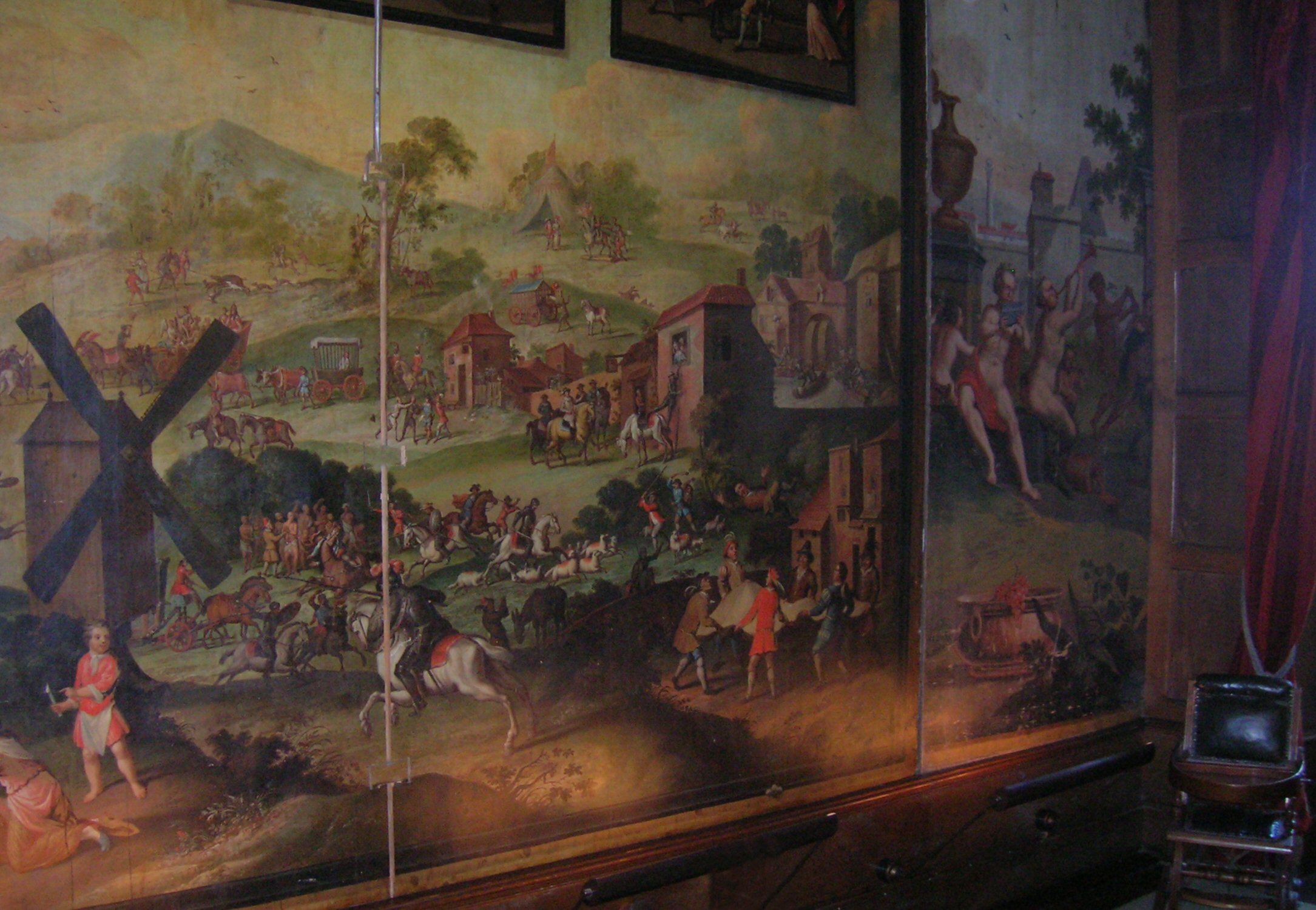
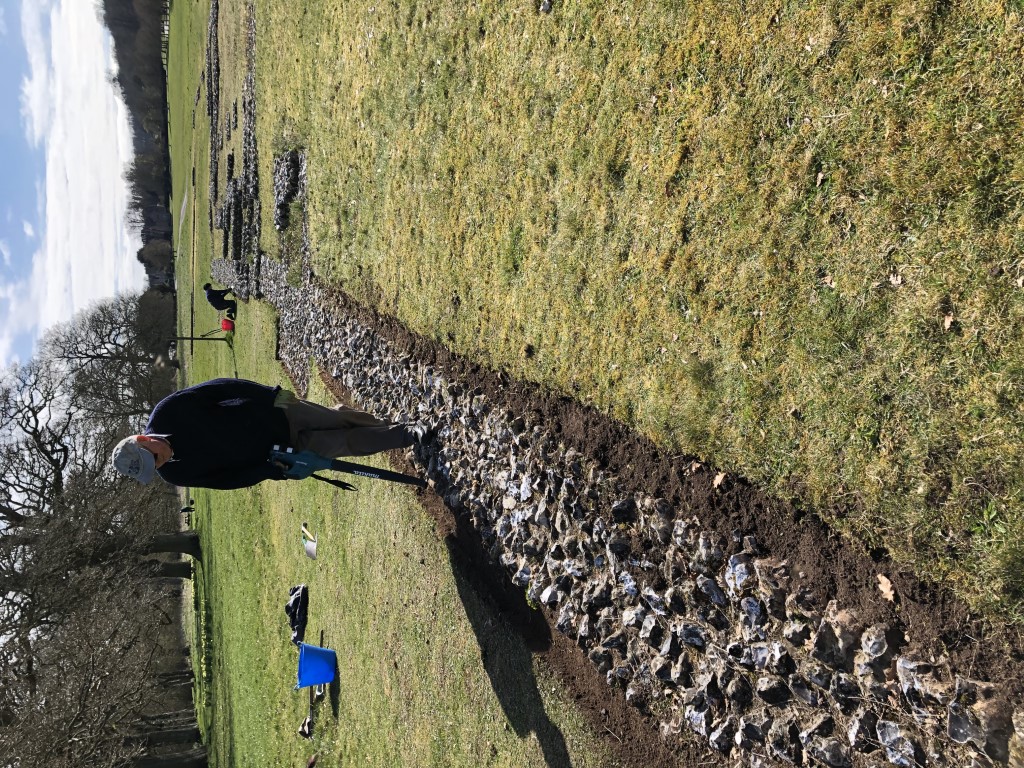
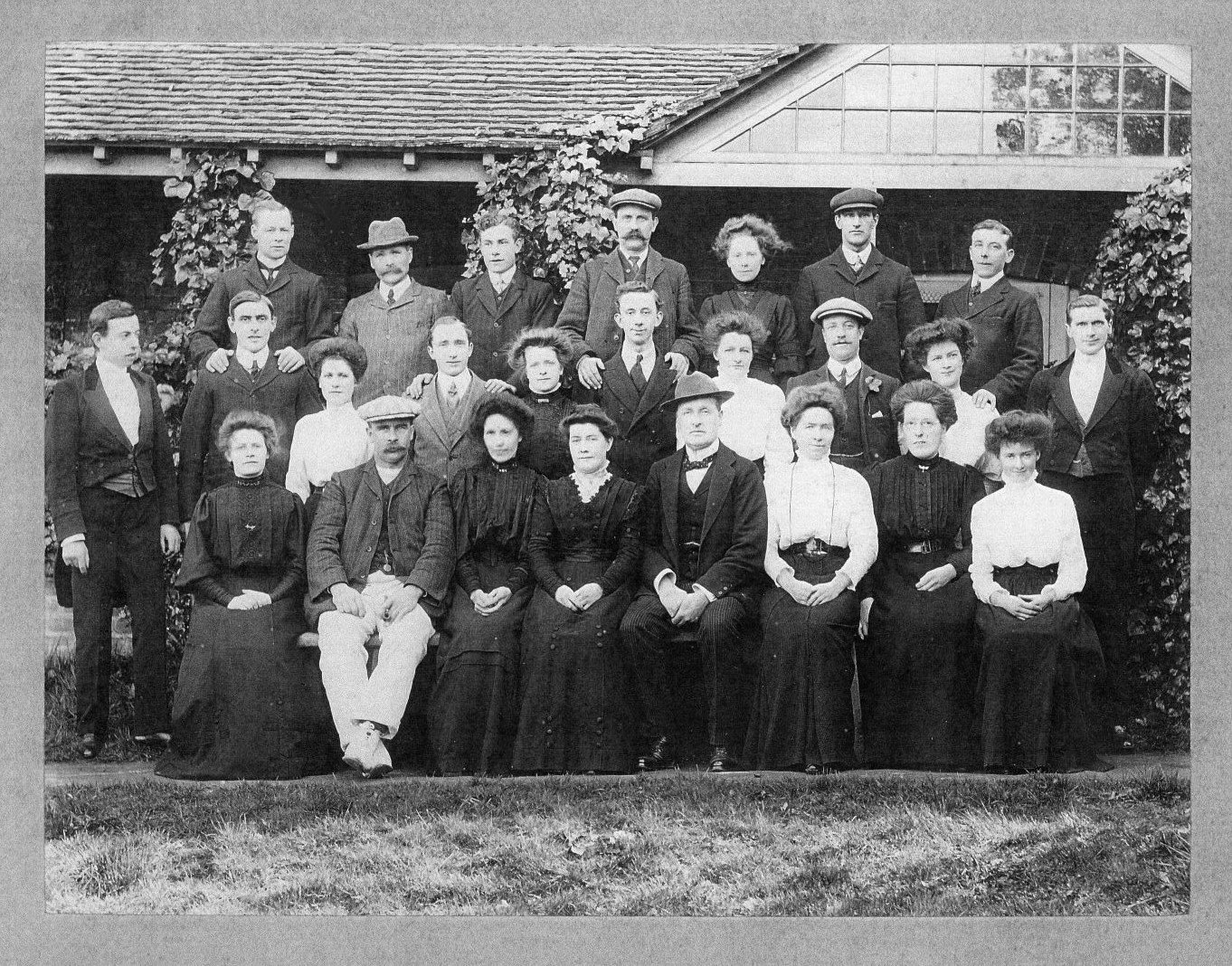 Thursday March 11, 2021
Thursday March 11, 2021
Do You Know These People?
This photograph of staff at Littlecote was given to me some years ago by a couple who were visiting Littlecote. They had it in their house and called it the "annual staff photo". They had no idea of the date, but knew that their grandparents William and Rhoda Breed (chauffeur and assistant cook) were part of the group, and wondered if I would help them. I could only guess at the date of the photo - until now! From 1897 onwards, Littlecote House was rented out to tenants - Vernon Watney, the Hirsch brothers, Gerard Lee Bevan and the Wills family, who bought it in 1929. In February of this year, I had an enquiry from an American living in England whose grandfather George Coker appears on the 1911 census as the Under Butler at Littlecote House. After much research, I realised that the staff photo must have been taken at the wedding of Margaret Hirsch, daughter of Leopold, in August 1913 - a very grand affair which included an elaborate wedding breakfast laid out in the Long Gallery.. And guess who featured in the photo, almost dead centre, with the hands of the gamekeeper resting on his shoulders? The Under Butler George Coker, who emigrated to the US in 1914 when the Hirsch family left Littlecote, and founded a very successful catering company in New York. So - now we have the date and three names, but who are the others? I'd love to know - do tell me me!.

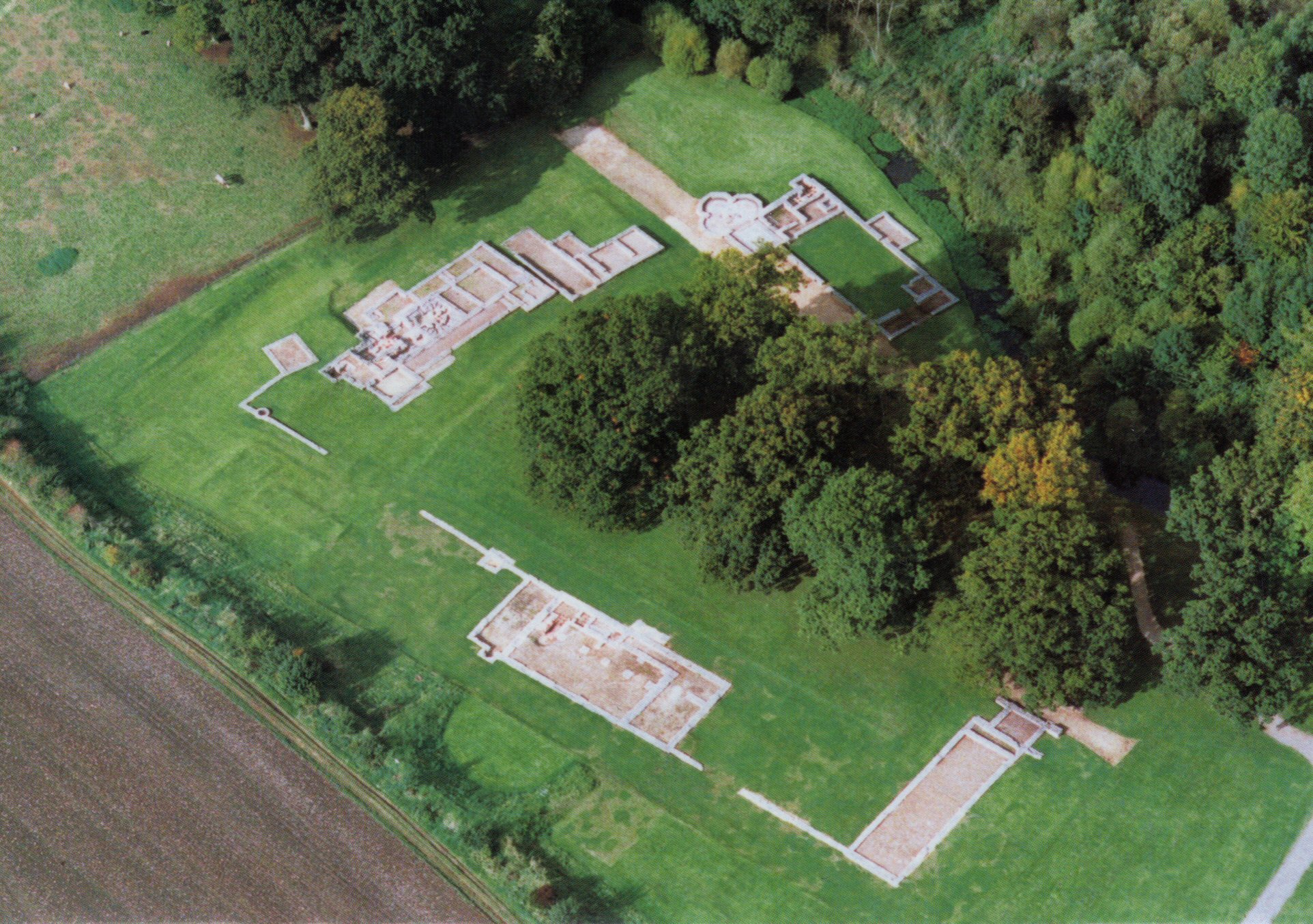
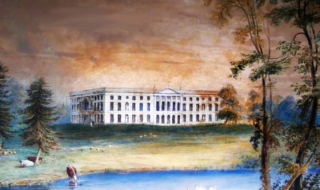
Francis was the instigator of a plan to build a "grand mansion" on land adjoining Hunstrete House near Bath. Sir John Popham had acquired the medieval manor of Hunstrete (referred to then as “Houndstreet”) at the beginning of the 17th century, but Francis’s intention was to build a mansion "upon a most extensive and magnificent scale". In a contemporary portrait, the mansion can be seen behind Francis, but he never lived to see his dream fulfilled, dying in 1779. His widow, Dorothy, vowed to continue with the building. In 1797, Dorothy's death heralded the end of the building work. The project had been under way for about 27 years, with only the north and east fronts erected, and these incomplete. The grand mansion remained unoccupied and gradually fell into a state of disrepair. Under the terms of Dorothy’s will, the house passed to their nephew, General Edward William Leyborne, who had to take the name of Popham in order to inherit. In 1832, he commissioned a survey by a master builder that showed it would cost a further £60,000 (£4 million in today’s terms) to complete the house to the original design. It was decided that the house should be demolished to prevent any further drain on the family finances.
The magnificent contents were put up for sale, and many of them, including the grand central staircase in turned mahogany and the elaborate hand-modelled high relief plasterwork, were bought by Bishop Peter Baines for reuse in the refurbishment of his Prior Park mansion in Bath, after it was burnt down in 1836. Now an independent school, Prior Park College is not open to the public, although the landscaped gardens, which include the lovely Palladian bridge, are owned by the National Trust and may be visited. But last week I got to go on a rare tour of Prior Park mansion and to see Francis Popham's treasures - at last. Sadly, no photographs.
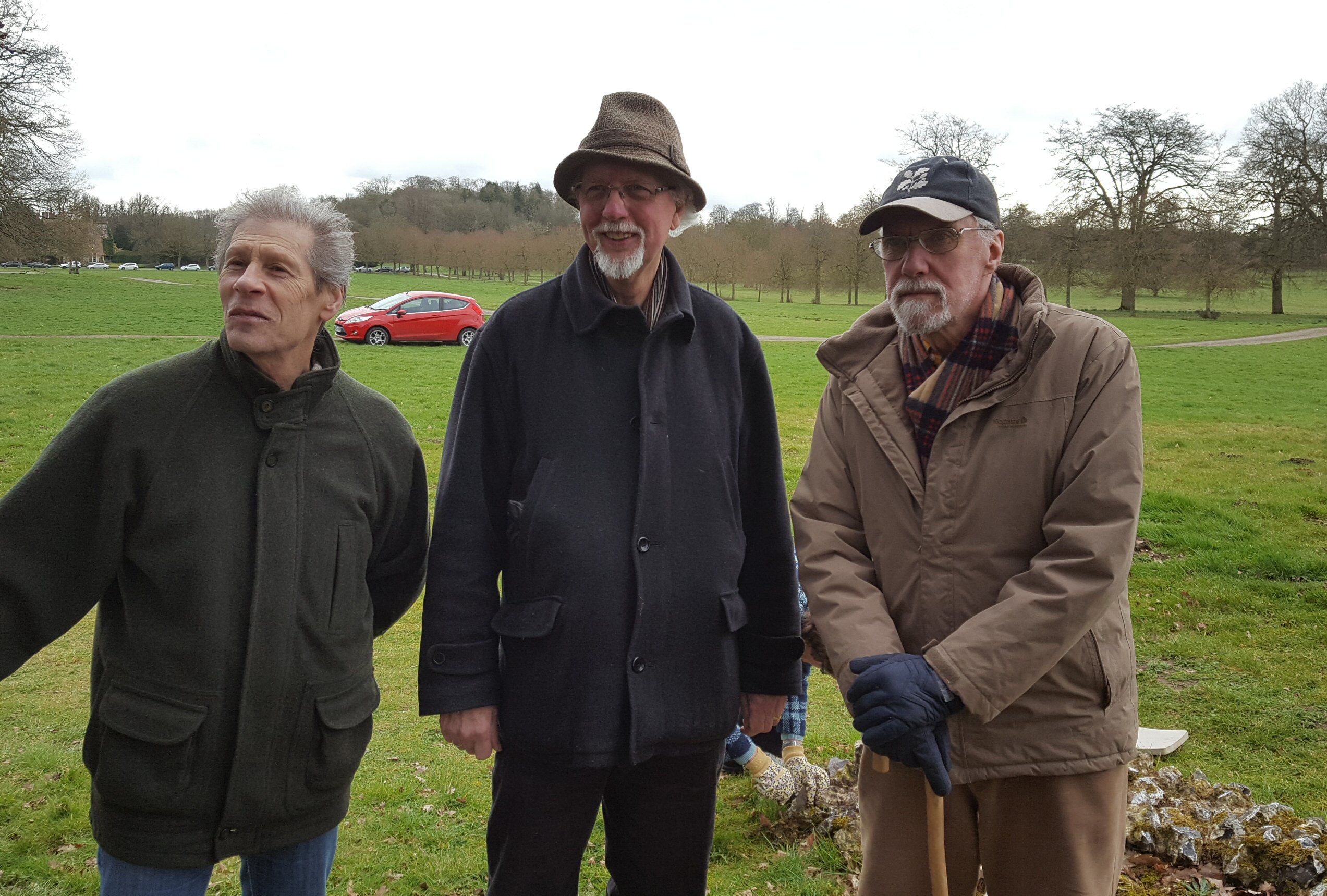
The Friends of Littlecote Roman Villa now boast twenty-eight volunteers, engaged in cleaning and restoring the famous Roman site. They started work in April 2019 under the expert guidance of the original archaeologists Bryn Walters and Bernard Phillips (pictured right and centre, with artist and illustrator Luigi Thompson (left)). Over the past six months they have made amazing progress, stripping the walls of moss, soil and weeds, starting with the three-storey gatehouse and continuing along the east and south ranges. They have now finished work for the season, having made considerable inroads into the complex west range with its villa and hypocaust. They intend to start again in Spring 2020 where they left off. It will be a long job, but the walls have been largely untouched since the excavations came to an end thirty years ago!
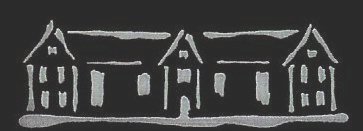
 warnerleisurehotels.co.uk/hotels/littlecote-house-hotel
warnerleisurehotels.co.uk/hotels/littlecote-house-hotel

